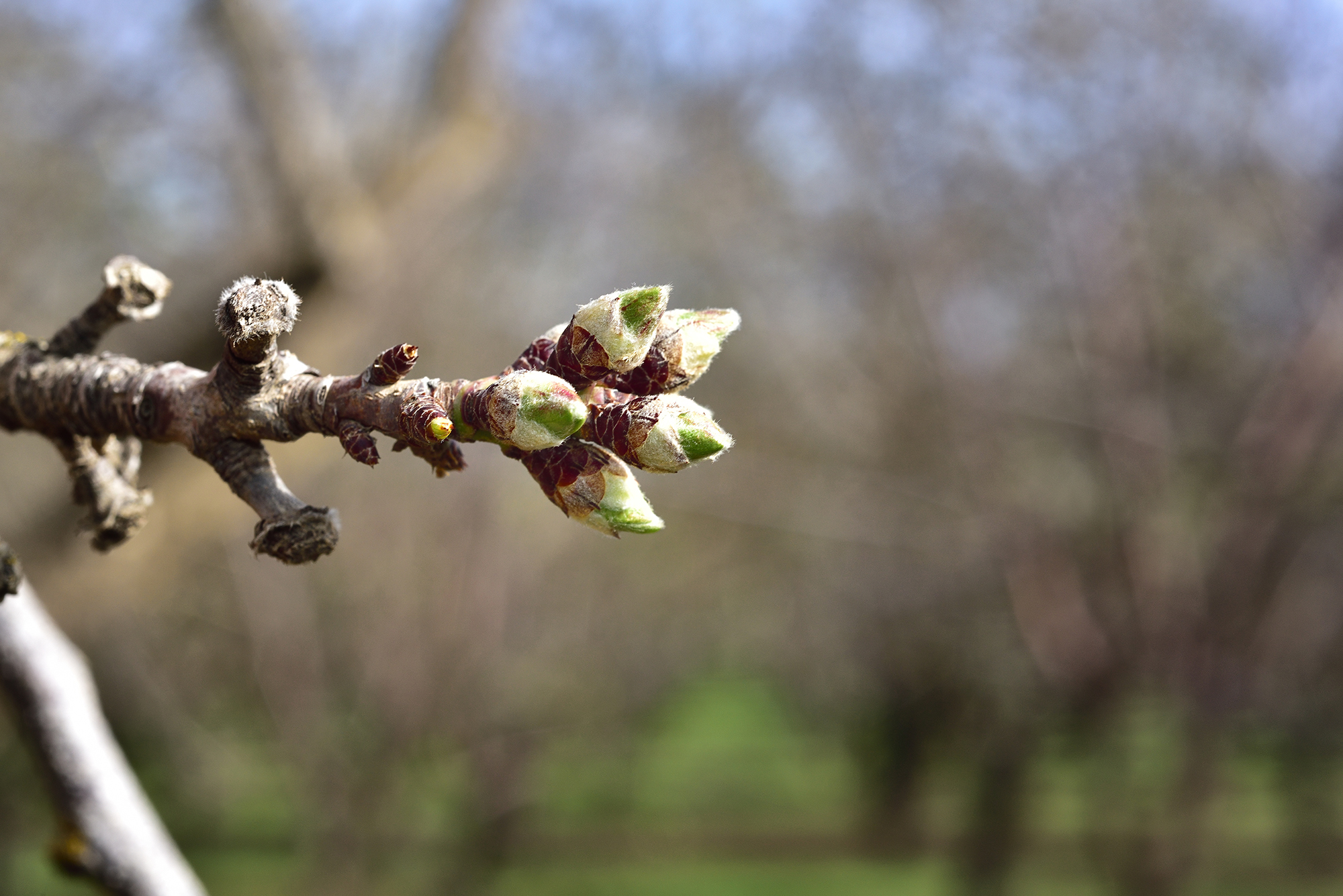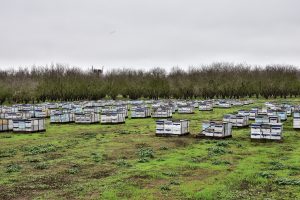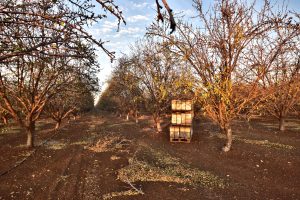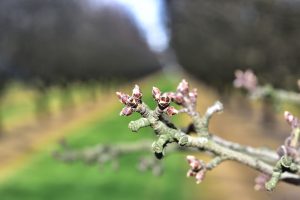
Dry conditions have dominated the fall and winter of 2018. Rainfall totals have been running well behind seasonal norms and the wet winter experienced last year. This has presented several difficulties for growers in all areas of the Central Valley. Winter sanitation, the removal and destruction of mummy nuts remaining in the trees after harvest has been particularly hindered by the lack of rainfall. Following the significant losses caused by Navel Orange Worm, NOW, in the 2017 crop, growers have been focused on removing and destroying this prime NOW over-wintering site. However, moisture from rain and fog is required to improve mummy removal and growers have struggled to adequately clean their orchards.

Many growers with water available also started irrigating their orchard during December in order to maintain adequate soil moisture levels. While rain in recent weeks has helped, rainfall totals and more importantly, snow pack levels in the Sierra Nevada watershed are far below seasonal norms. Fortunately, storage levels in the state’s reservoirs are in good shape. Growers are hopeful that releases from the reservoir system will provide adequate water for irrigation during the 2018 growing season.
Beekeepers have been moving hives into the orchards for several weeks and will continue to do so until the start of the bloom. One point of concern is the lack of native forage available to support the bees until the start of the bloom. The lack of rain has translated into a lack of weeds in and around the orchards. Flowers from these weed species, including Chickweed and Sheperdspurse normally provide a source of nourishment during the pre-bloom period. However, this year, the lack of early rain means that weeds have germinated later than usual and there is currently very little for bees to forage on prior to the bloom.
Currently, advance examples of the early-blooming Sonora are moving rapidly into the green tip and pink tip stages, driven by the above normal temperatures that have reached into the lower 70’s. As may be seen in the accompanying photo, advanced examples of the early-bloom Sonora are now presenting a few “rogue” flowers. As this report was being prepared Nonpareil and the various California type varieties are also following closely, moving swiftly into the green tip stage.
We are anticipating beginning regular bloom reports on or around Friday, February 9, 2018.
By Mel Machado
Photos by Mel Machado




